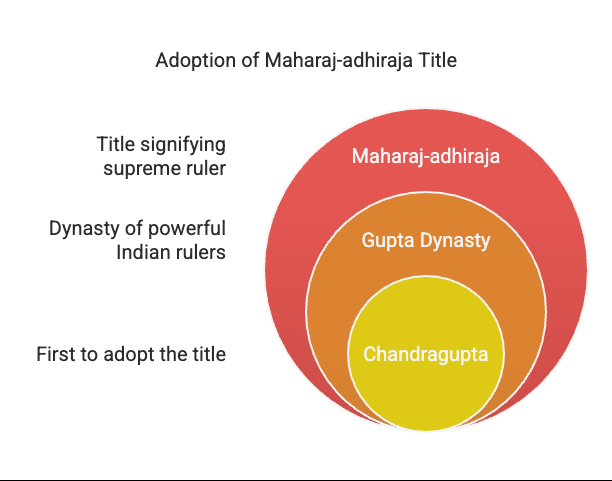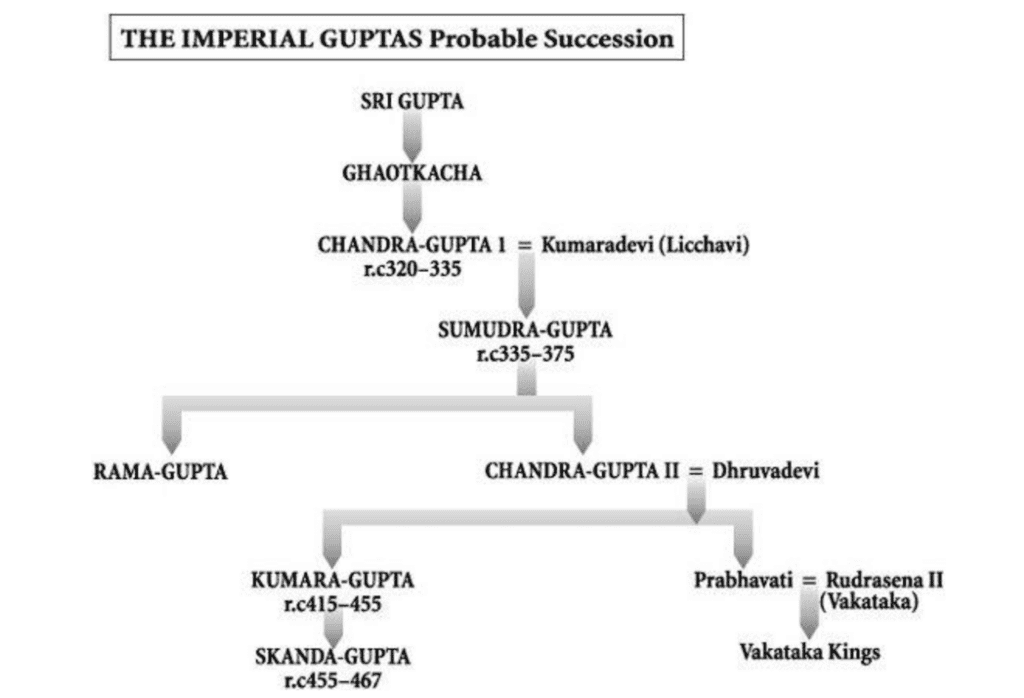Class 6 History Chapter 9 Question Answers - New Empires and Kingdoms
Q1: Who composed The Prashasti of Chalukya king Pulakeshin II?
Ans : Ravikirti
Q2: Name the place which was the capital of Chalukya rulers.
Ans : Aihole
Q3: Among the Gupta rulers, the title of maharaj-adhiraja was first adopted by____________.
Ans : Chandragupta

Q4: What did the fisherman find that belonged to Shakuntala?
Ans: The fisherman found a precious ring that belonged to Shakuntala.
Q5: Who checked Harsha’s march into the Deccan?
Ans : Pulakeshin II
Q6: Harsha was the ruler of Kanauj. True/False
Ans : True
Q7: Name the Kanauj ruler who was credited for performing Ashvamedha sacrifice several times.
Ans : Harsha
Q8: Chandragupta II led an expedition to western India against __________.
Ans : Shakas
Q9: Who wrote the biography of king Harshavardhana?
Ans : Banabhatta
Q10: Who was Banabhatta?
Ans : Banabhatta was a poet laureate in Harshavardhana court.
Q11: The Sabha was an assembly of ________.
Ans : Brahmin landowners
Q12: How did the Sabha functioned?
Ans : Through subcommittees, which looked after irrigation, agricultural operations, making roads, local temples.
Q13: Which assembly was meant for brahmin landowners in the Pallava kingdom?
Ans: The sabha was the assembly for brahmin landowners.
Q14: Ravikriti was the court poet of Pulakeshin II.True/False
Ans : True
Q15: What is the meaning of the term ’ genealogies’?
Ans : Lists of ancestors
Q16: Why Genealogies is very important in the study of history?
Ans : It is important when we study history and discuss the rules of important dynasties.

Q17: Harisena Prashasti refers to the exploits of ______________.
Ans : Samudragupta
Q18: Harisena classifies the campaigns of Samudragupta in this Prashasti. True/False
Ans : True
Q19: Name an Indian king who was known as ’musician king’.
Ans : Samudragupta
Q20: What was Ur?
Ans : Village assembly
Q21: What is the name of the biography written about Harshavardhana?
Ans: Harshacharita
Q22: Name the capital of Gupta Dynasty.
Ans : Pataliputra or Patna
Q23: What was the main reason for expansion of internal trade during the gupta period?
Ans : Peace and order on account of a strong Gupta rule
Q24: Both internal and foreign trade flourished during the Gupta period. True/False
Ans :True
Q25: Who was the mother of the greatest Gupta emperor Samudragupta?
Ans : Kumara Devi
Q26: What did Fa Xian noticed during his visit to India?
Ans : The plight of those who were treated as untouchables by the high and mighty.
Q27: Who was Fa Xian?
Ans : A Chinese pilgrim
Q28: Sarthavaha was the title given to___________.
Ans : Leader of merchant caravans
Q29: What musical instrument is Samudragupta depicted playing on coins?
Ans: Veena
Q30: Who wrote Abhijana Shakuntalam?
Ans : The most famous play written by Kalidasa about a king and his marriage to a forest girl.
Q31: How many rulers were with Dakshinapatha?
Ans : Twelve rulers
Q32: Name the gupta ruler who captured the 12 Kings of Dakshinapatha and then liberated them.
Ans : Samudragupta.
Q33: The rulers who were compared to Gods belonged to _________.
Ans : Gupta dynasty
Q34: What do you mean by "Prashasti"?
Ans : Prashasti is a sanskrit word meaning 'in praise of'.
Q35: Name the number of different kind of rulers described by Harishena in his prashasti.
Ans : Rulers of Aryavarta, rulers of Dakshinapatha, rulers of the inner circle of neighboring states and rulers of outlying areas.
FAQs on Class 6 History Chapter 9 Question Answers - New Empires and Kingdoms
| 1. What were the main factors that led to the rise of new empires and kingdoms in history? |  |
| 2. How did trade routes contribute to the development of new empires and kingdoms? |  |
| 3. What role did religion play in the expansion of empires and kingdoms? |  |
| 4. Can you provide examples of significant new empires or kingdoms that emerged in history? |  |
| 5. What were the common challenges faced by new empires and kingdoms during their rise? |  |

















